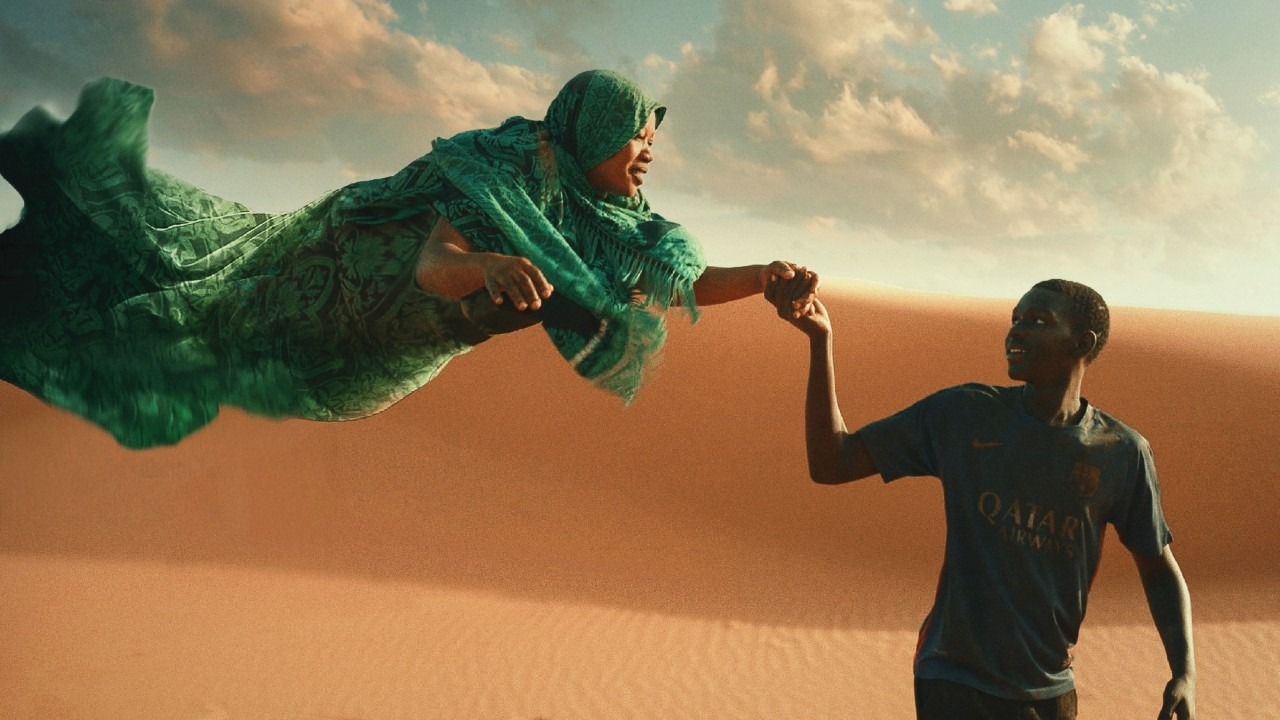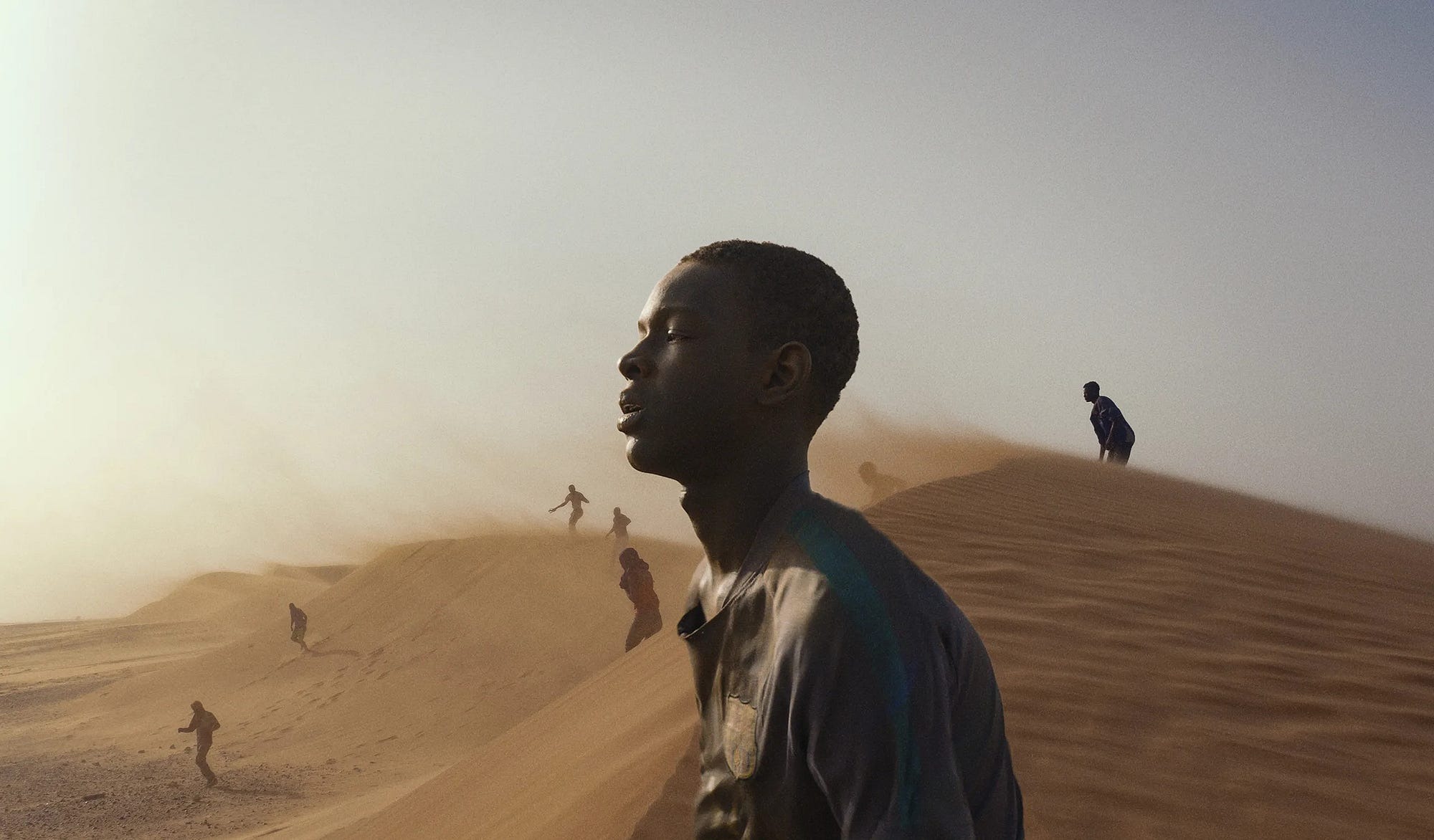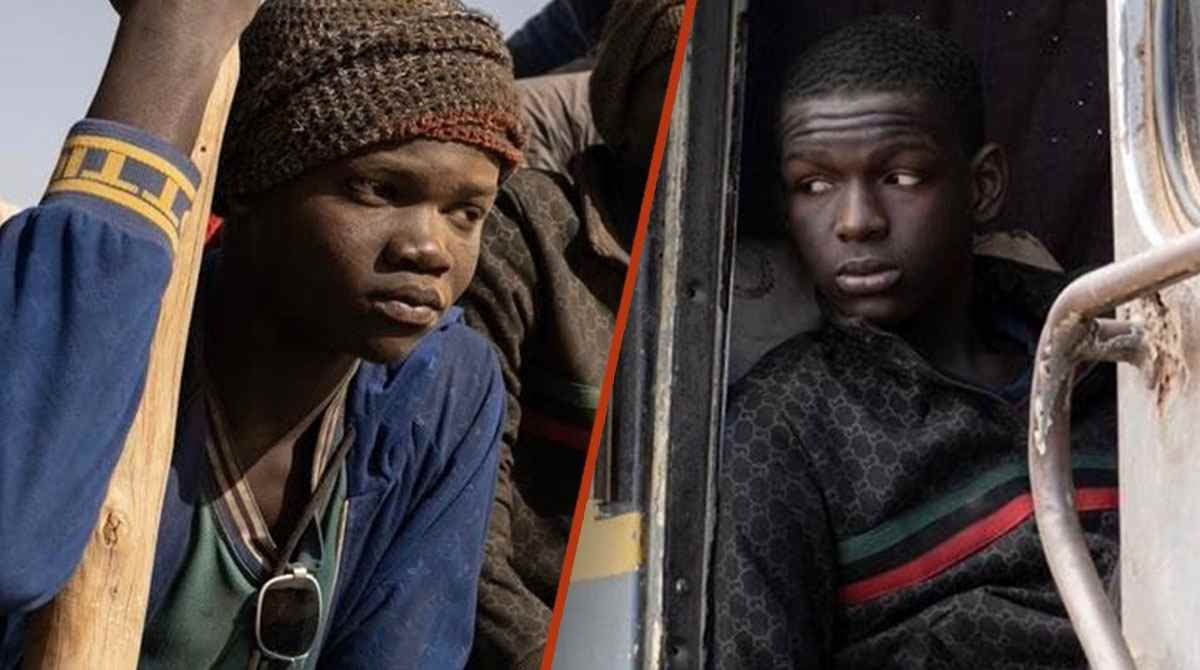In Io Capitano, directed by Matteo Garrone and nominated for an Academy Award, the focus is on a 16-year-old Senegalese boy named Seydou, who is handed the daunting responsibility of steering a boat from Libya to Italy.
It’s a huge demand for someone so young, especially after the harrowing experiences he’s already survived. Initially, it feels like Seydou and his cousin Moussa are bound to suffer more problems. Instead, the film closes with a hopeful and heartwarming end, offering a rare but deserved moment of victory.

Dreams of Europe carry weight heavier than sand and fear
While the title Io Capitano translates to “I’m the Captain,” Seydou must pass through unthinkable trials before he earns that declaration. Early scenes in Dakar show their everyday reality, which doesn’t offer much optimism for their future.
Why Do Seydou And Moussa Want To Go To Europe?
To teenagers like Seydou and Moussa, Europe feels like the place where life truly happens—be it music, sports, or the opportunity for advancement. Their love for home remains, especially for Seydou, who shares a deep connection with his mother. Still, their ambition to experience a different life overpowers that attachment.
Moussa, driven by excitement and curiosity, is the one who first sparks the idea of relocating to Europe. Seydou entertains the plan with some hesitation, even going as far as trying to persuade his mother—though that doesn’t succeed. Before taking off, the boys perform a traditional rite, hoping their ancestors will bless their journey.
What Happens On The Journey?
From the start, it becomes very clear that the trip Seydou and Moussa are about to make will be filled with trials. A local man named Sisko, who helps arrange these kinds of trips, advises against it, but they go ahead anyway.
Their first task is to get to Agadez in Niger, and to do that, they must pass through the Mali border using counterfeit passports, which cost them $100—a hefty price given their limited funds.
The fake documents don’t help much, but a little more money opens the border. Their next destination is Tripoli, Libya’s capital. But between the harsh deserts and the cruelty of rebel factions and smugglers, the journey becomes a true test of spirit.
At every step, the boys encounter people ready to exploit them. They’re even told the only way to keep their money safe is by hiding it in the most private parts of their bodies.
They manage to strike a deal with a driver to get them to Italy for $600 after reaching Tripoli. But the vehicle abandons them and several others in the Sahara. They end up walking through the desert, guided by a man who’s supposed to take them to Libya.
When an older woman collapses from exhaustion, Seydou tries to help her but finally has to leave her behind. In one of the film’s most heartbreaking moments, he envisions her floating in the air, while viewers understand she most likely didn’t survive.
The situation becomes even worse when Moussa is caught by Syrian rebels for hiding cash and is detained. Seydou is also imprisoned and faces days of inhuman torture.
Eventually, an older man named Martin—who shares the same dream of reaching Italy—helps Seydou find work in construction. Their hard labour earns them freedom and a paid trip to Tripoli, thanks to their employer.
Do Seydou And Moussa Reunite?
It might feel like Moussa’s fate has been sealed and Seydou has no hope of seeing him again. But Seydou refuses to give up and chooses to stay in Tripoli instead of taking a safer route to Italy with Martin. Determined, he begins searching through Senegalese camps, taking up odd jobs along the way.

His perseverance pays off when he eventually finds Moussa in a devastating condition—physically injured and emotionally broken. Moussa had escaped but was shot in the leg, placing him at risk of amputation.
With black people being denied entry into hospitals in Libya, the only hope left is to somehow reach Italy. While Moussa wants to return home to Senegal, Seydou believes there’s still a chance for a new beginning. The only option they’re given is outrageous: Seydou must take control of a boat carrying many people to Italy, without any knowledge of sailing or swimming.
Does Seydou Manage To Get Moussa And Everyone Else To Safety?
Although Io Capitano sets up the story like those ones where the underdog usually fails in the end, it changes course by allowing its main character to succeed. The outcome doesn’t feel far-fetched either, because Seydou consistently demonstrates qualities like kindness, courage, and strength of spirit. These are the very traits needed to lead others out of hardship.
Seydou’s refusal to take on the role of captain at first comes from fear—he doesn’t want anyone to lose their life because of his inexperience. But the situation leaves no room for choice. He eventually grabs the wheel, trusting that he can lead the passengers to Sicily.
Their time on water is brutal. The boat is overcrowded with women, children, and even a pregnant woman. Some people are violently seasick, and others are found hiding in the engine area.
Despite the panic, Seydou keeps the boat steady and assists the pregnant woman when she begins bleeding. After trying and failing to get external help, he reassures everyone that he won’t let anyone die. This moment becomes a turning point—his courage drives the group forward.
Eventually, Seydou sees land—this time it’s truly Italy, unlike the oil rig he mistook for land earlier. What began as a personal journey to find a new life becomes something larger. Seydou, still wearing his worn-out FC Barcelona shirt, manages to bring hope to so many others.
Whether Moussa’s leg will be saved or whether Seydou’s life in Italy will be better remains uncertain. Martin’s fate is also left unknown. But for now, that image of Seydou screaming in victory, having achieved the impossible, stands tall as one of cinema’s most powerful closing moments. His triumph as captain feels earned. That’s the message Io Capitano chooses to leave us with.



